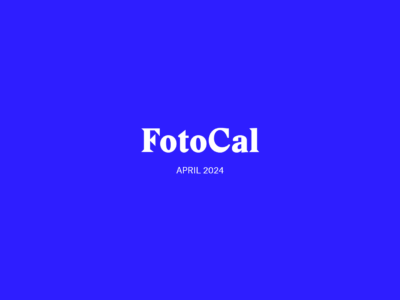FotoFirst — Adrian Saker Brings us to Subtopia, a Dark Vision of the English Suburbs
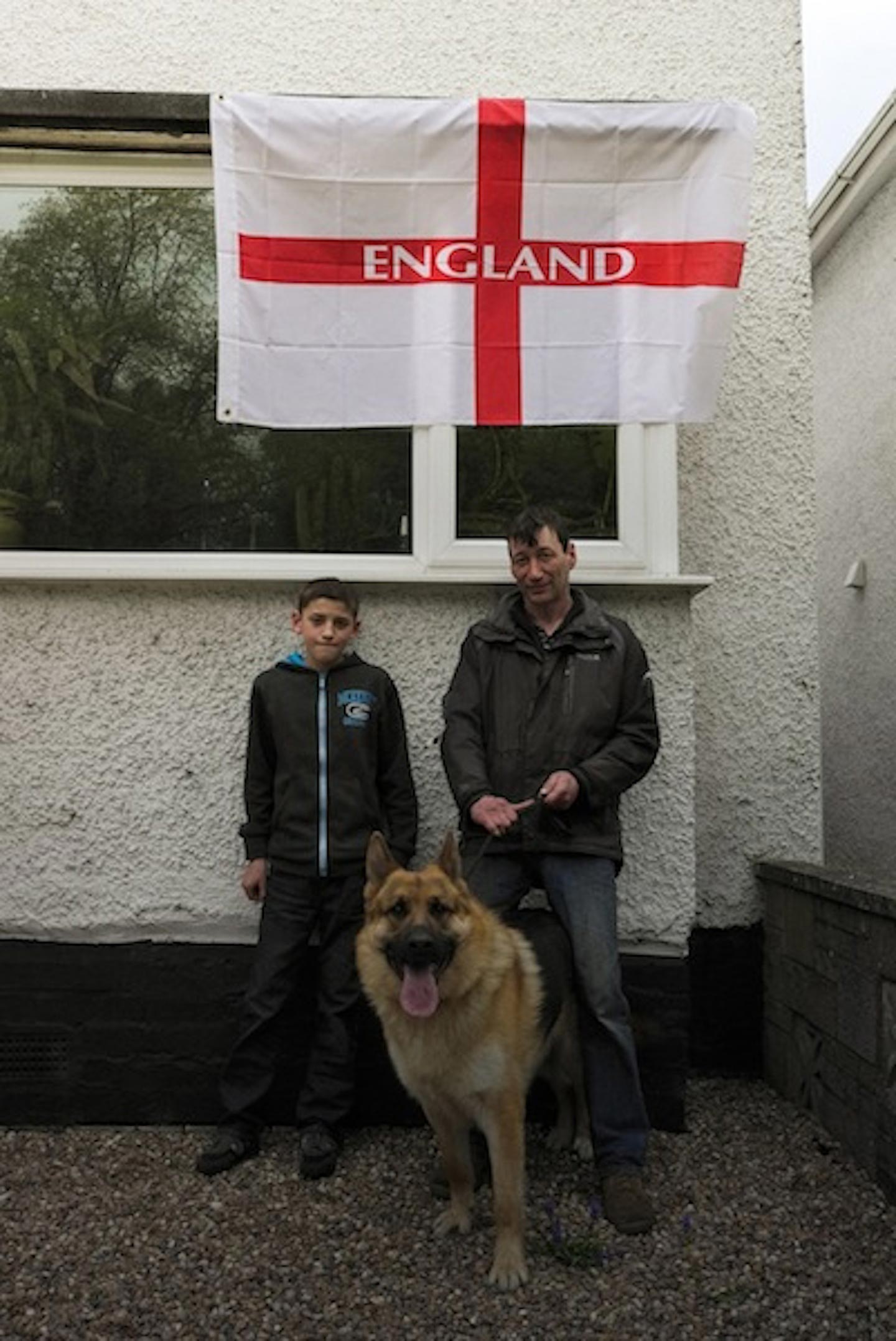
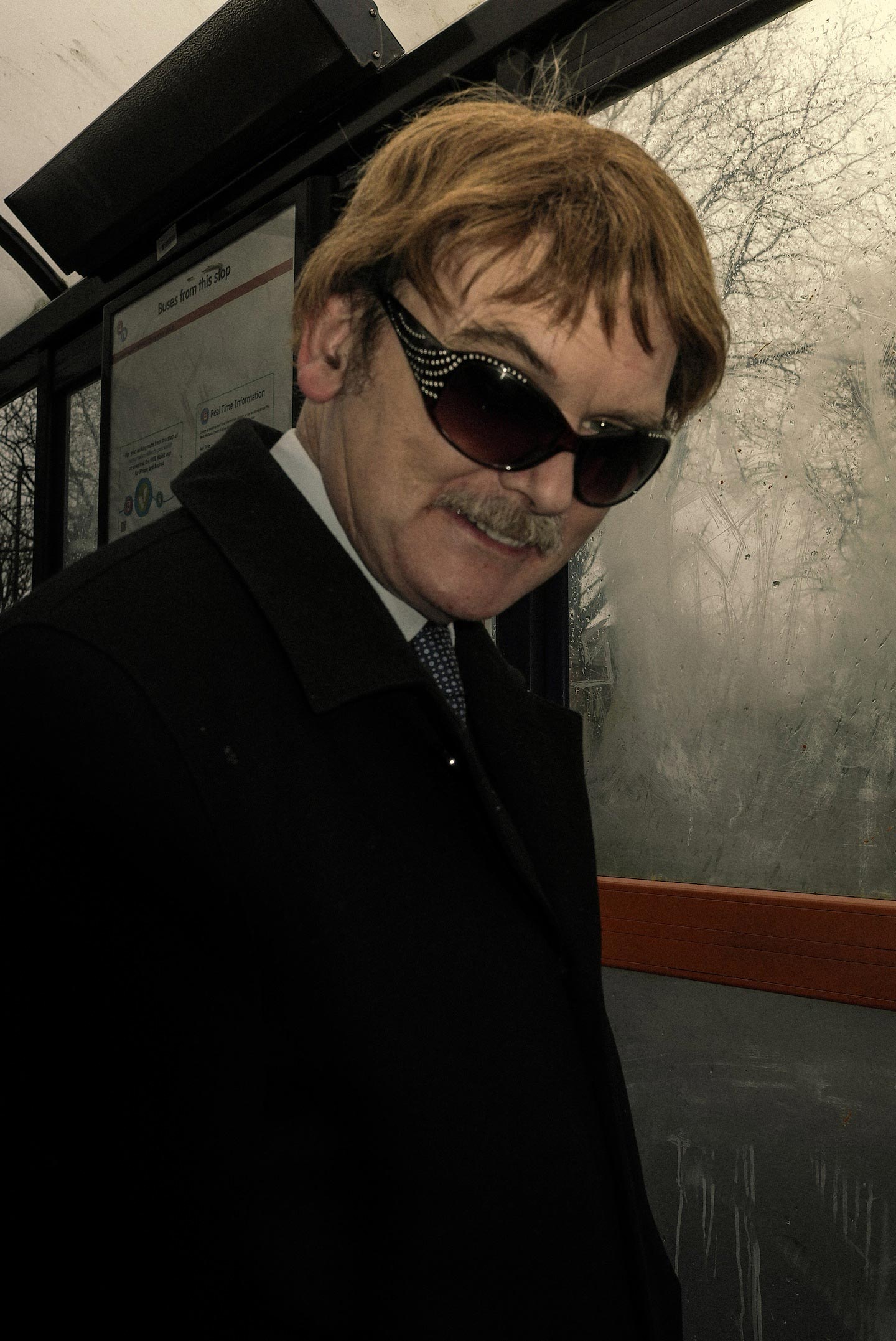
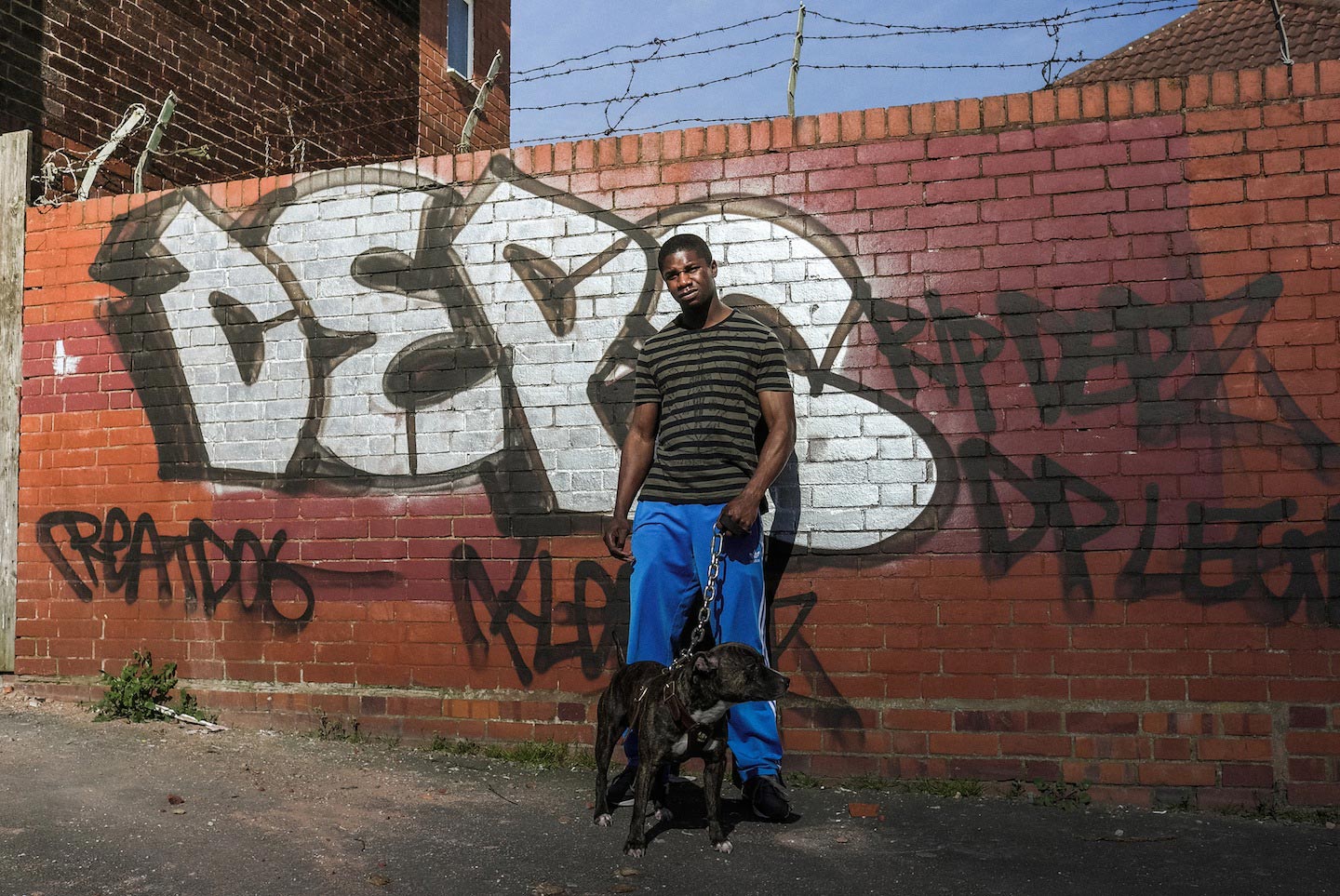
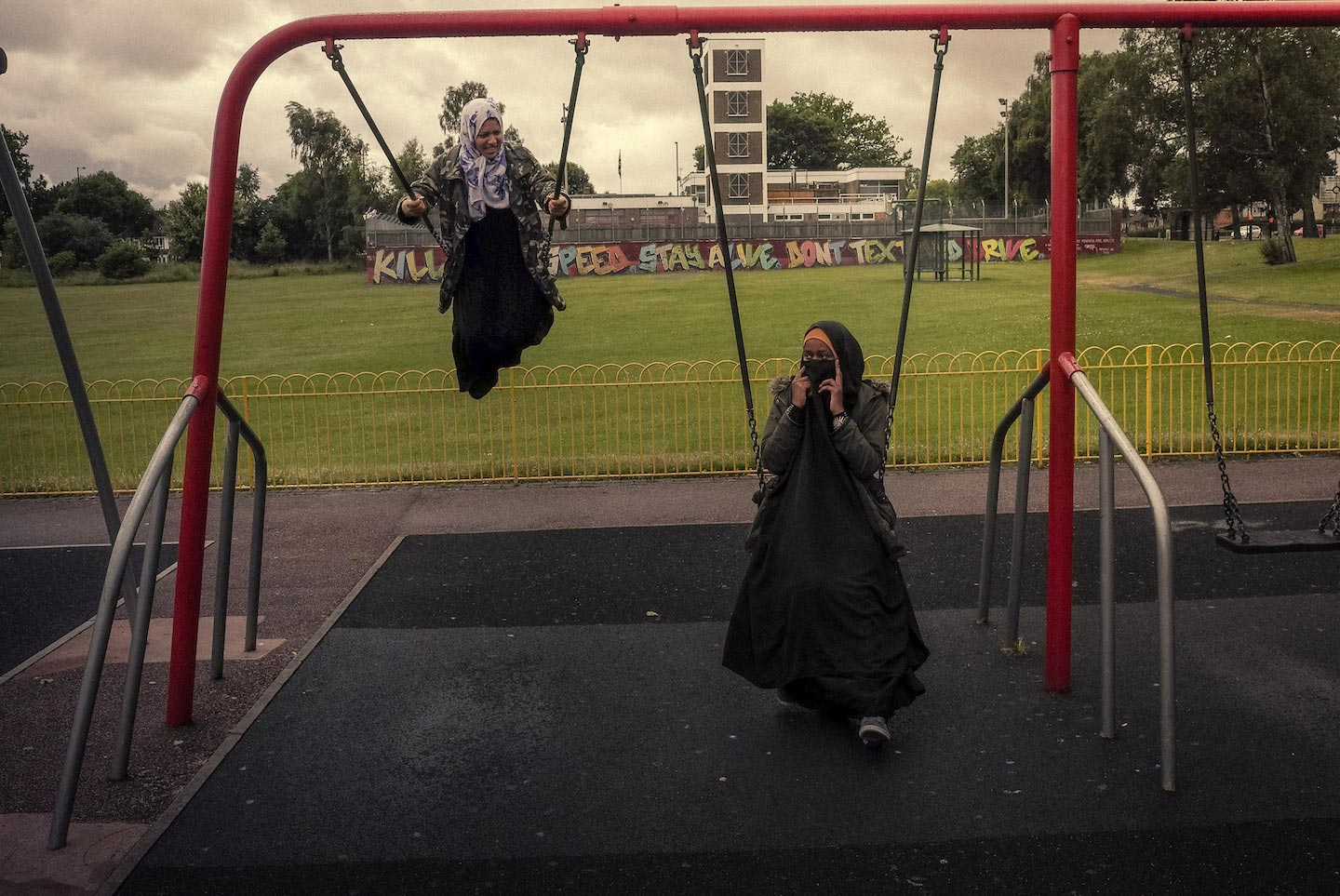
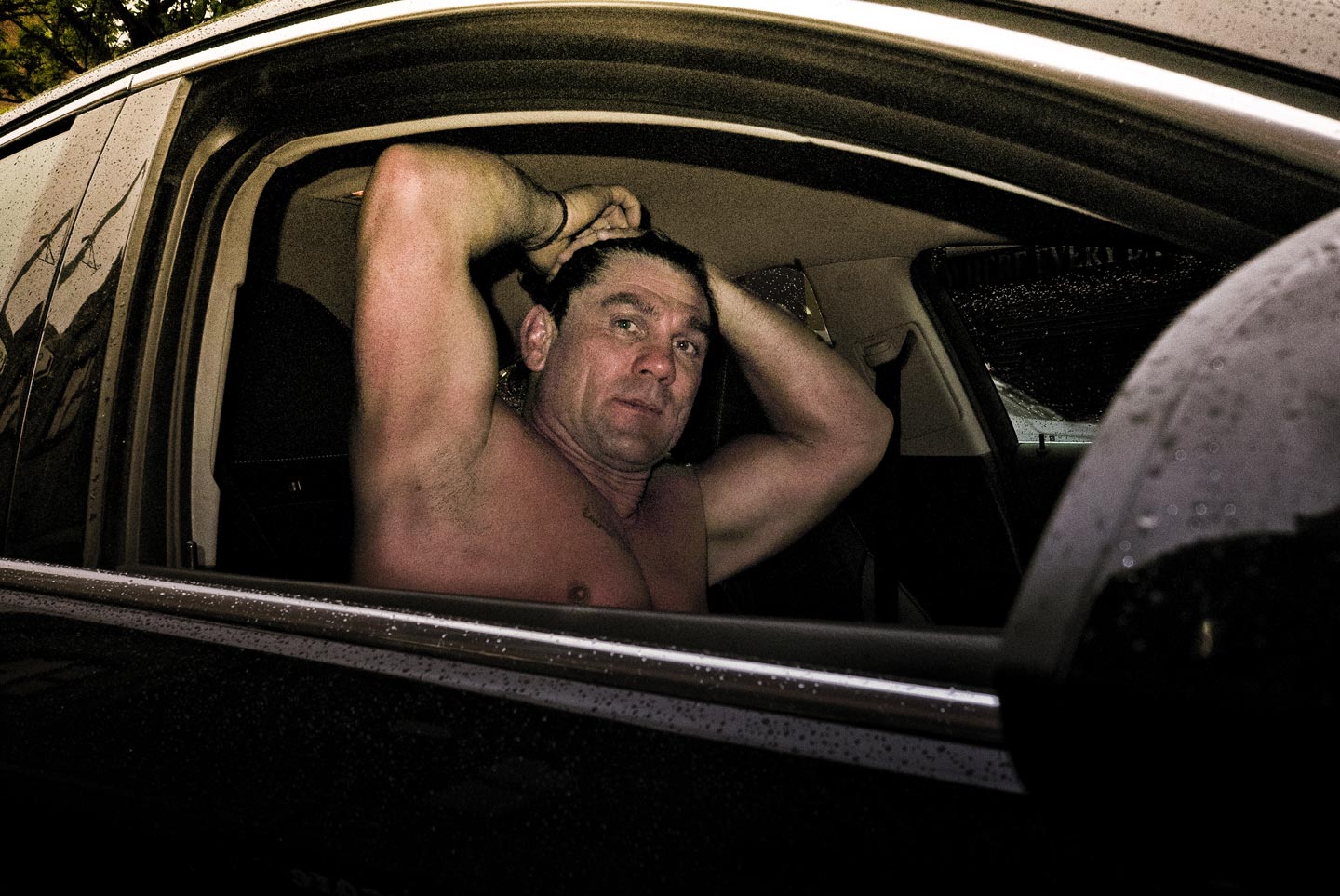
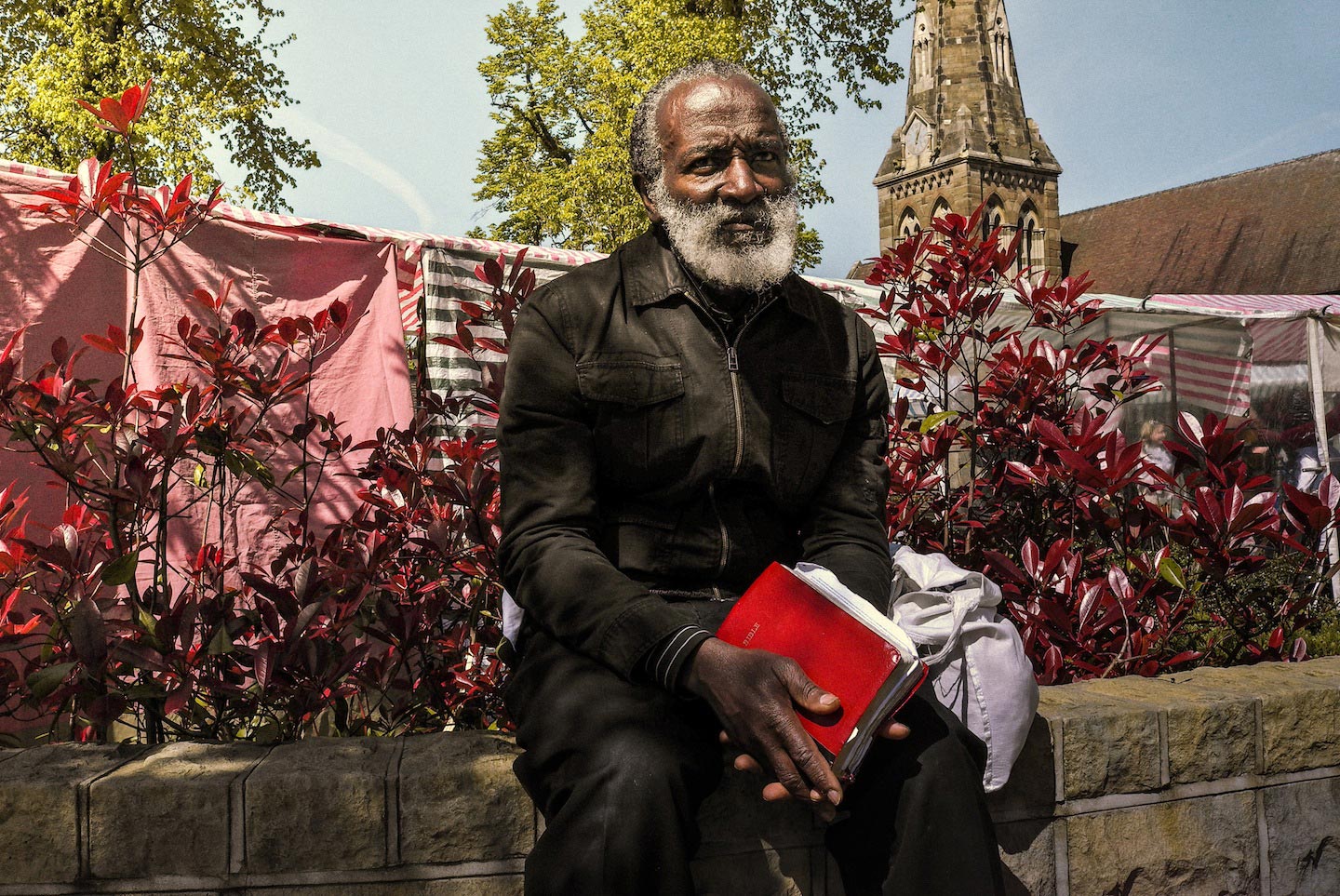

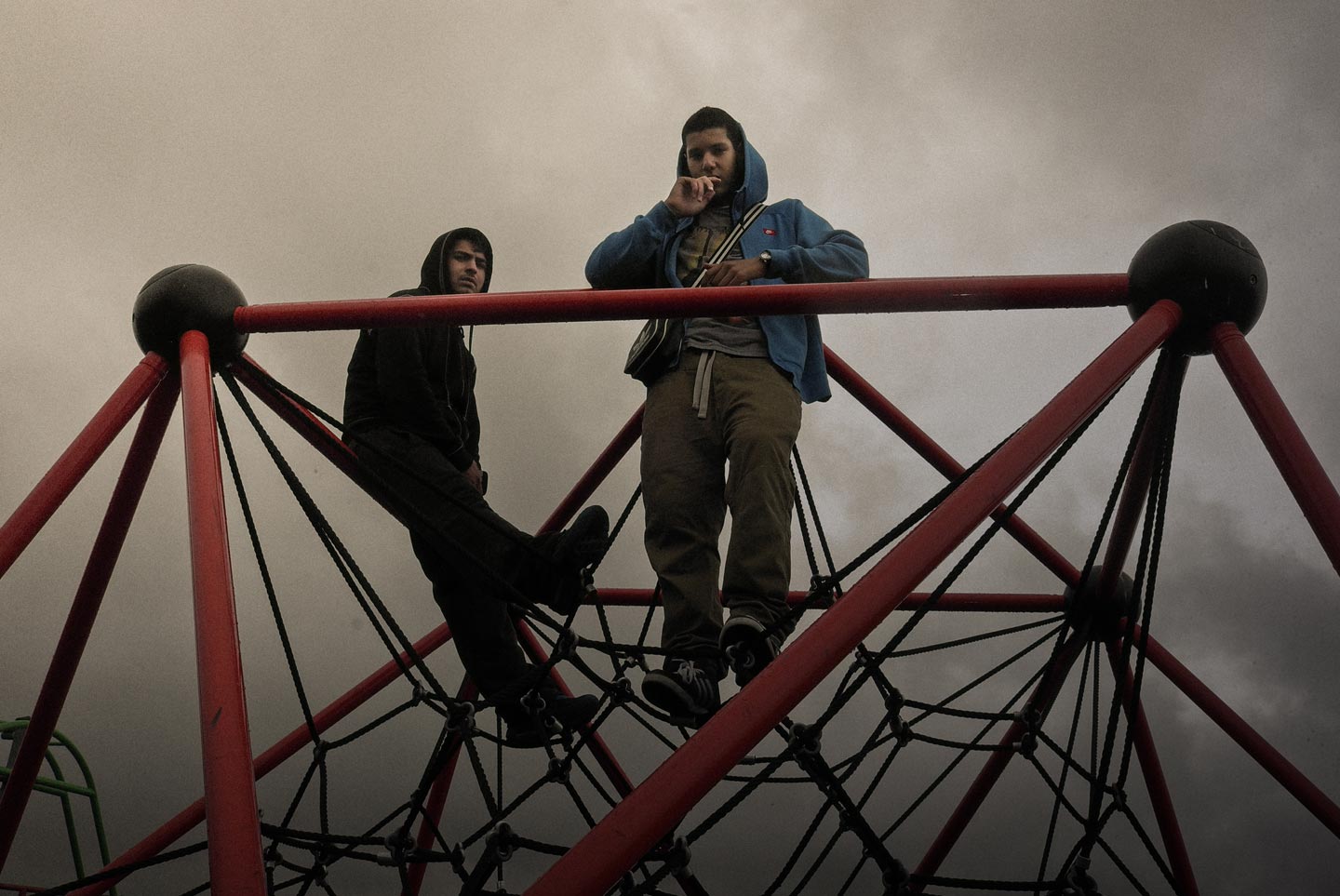
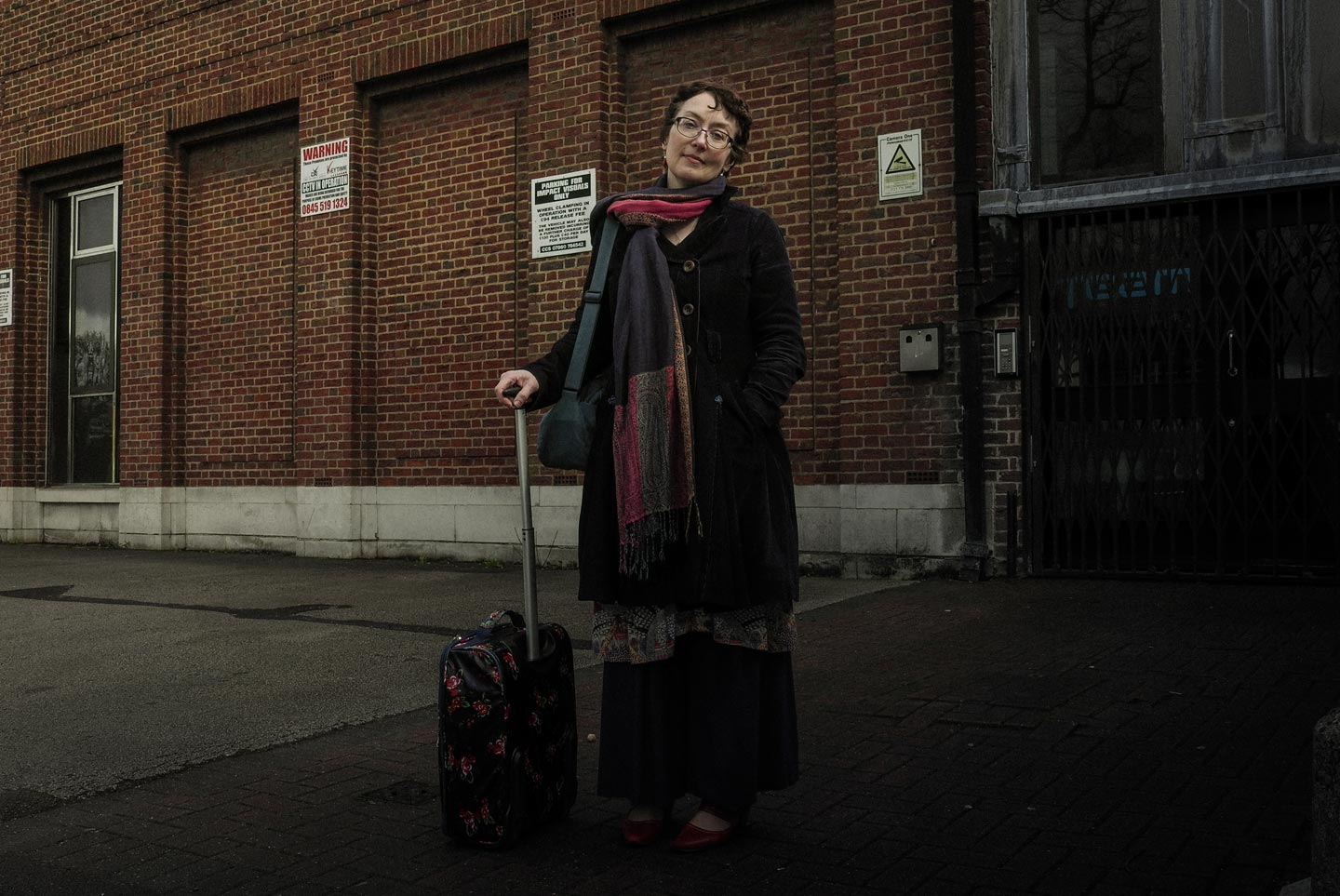
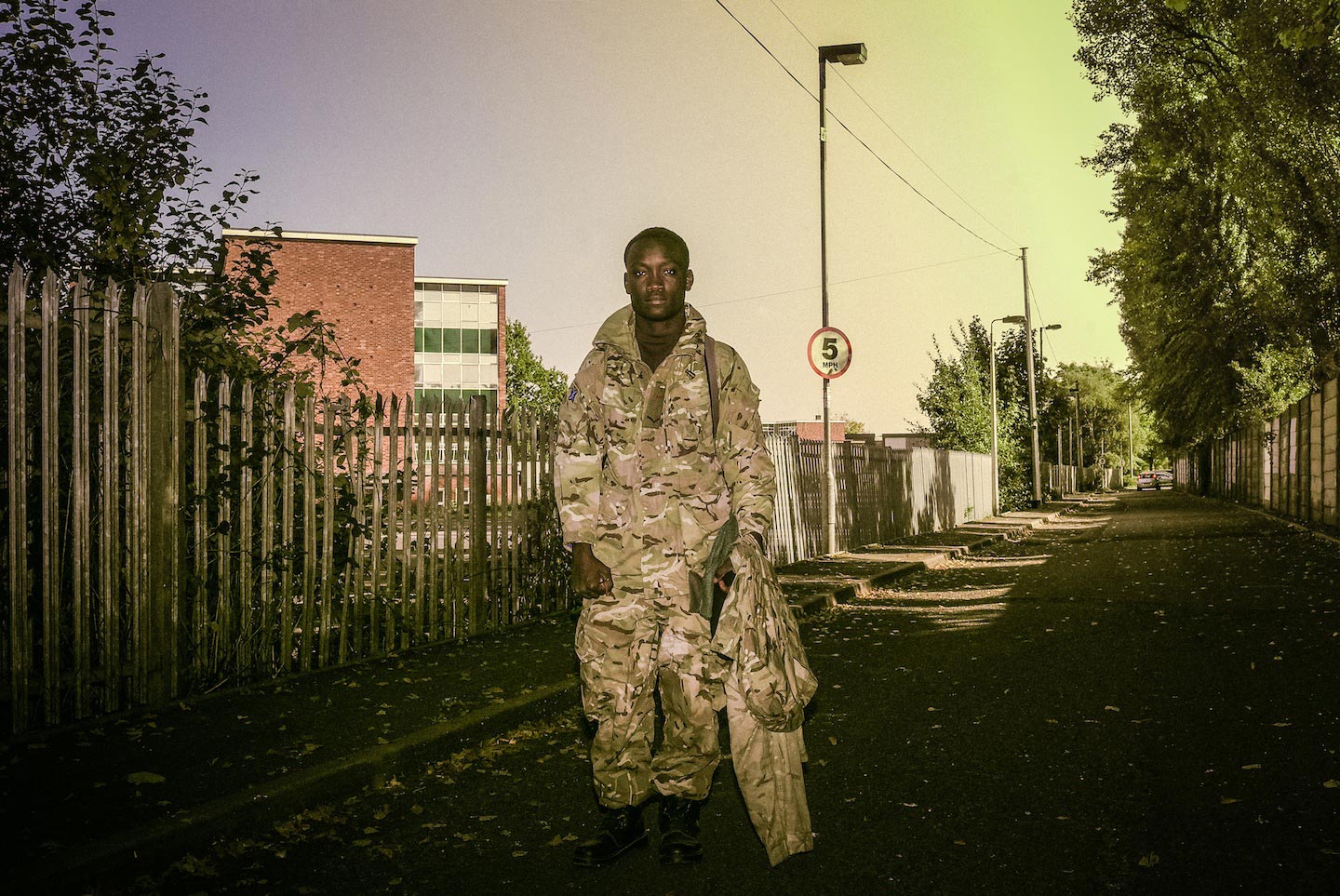
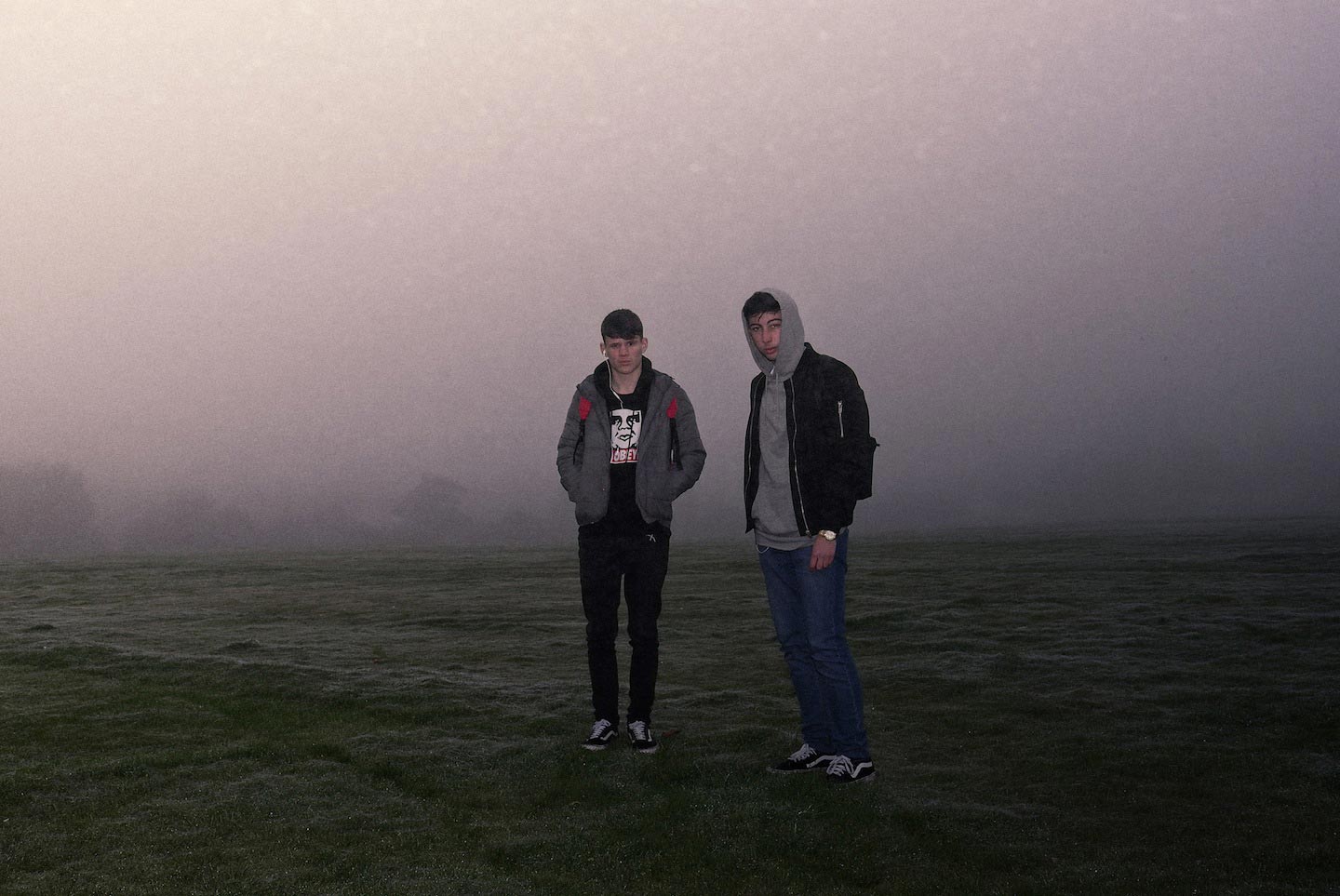
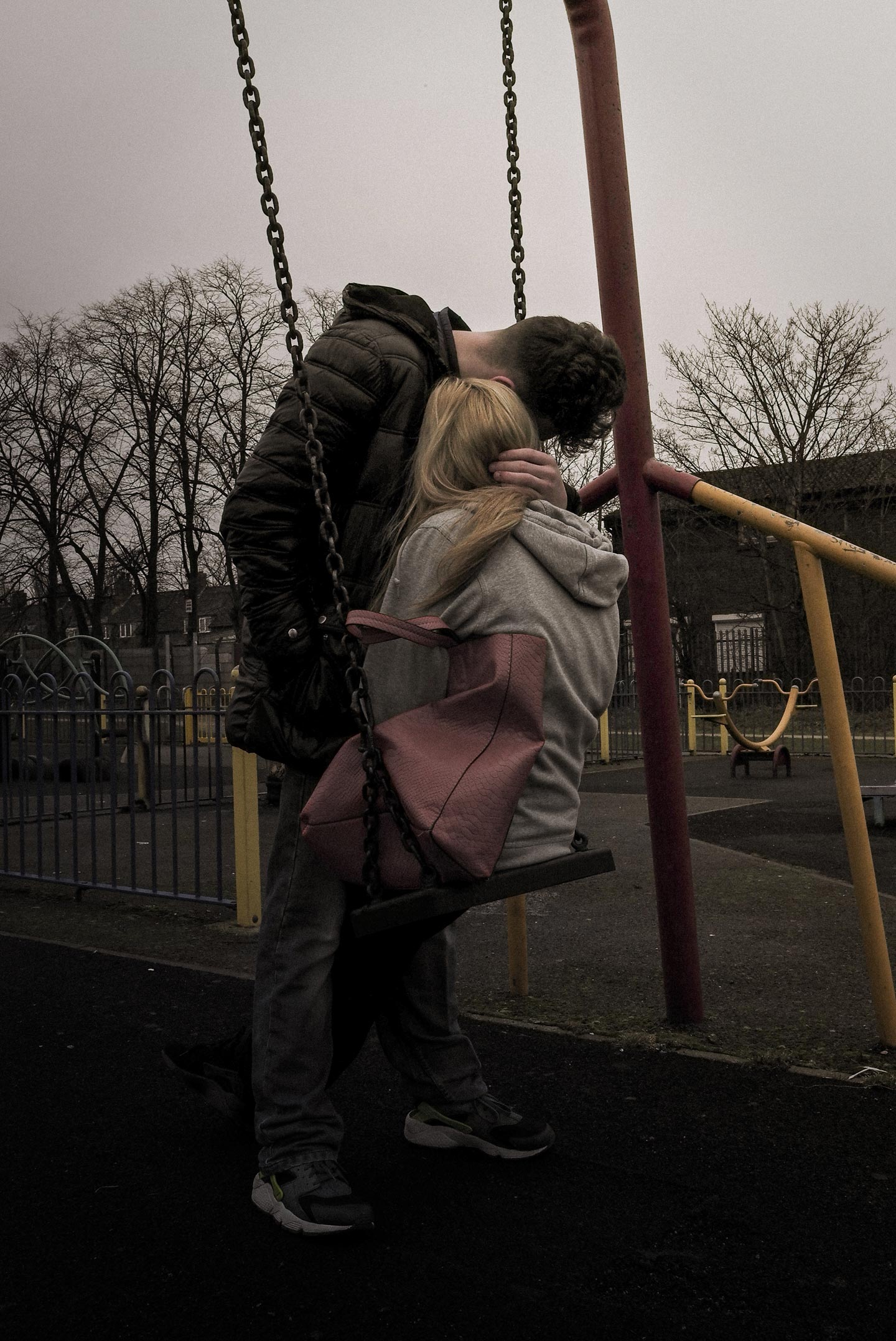
Premiere your new work on FotoRoom! Show us your unpublished project and get featured in FotoFirst.
Distorting a photograph’s original colors or keeping badly exposed images can be interesting if such transformations are functional to delivering the message in the picture. The altered colors and dark shadows in British photographer Adrian Saker‘s new street photography series Subtopia fall in this category as they contribute to creating a dull, dystopic vision of the suburbs of Birmingham, UK.
Hello Adrian, thank you for this interview and for premiering your work on FotoRoom. What are your main interests as a photographer?
Thanks for having me. I’ve been thinking about this interview and what I might say for a few days now; initially, my idea was to mention something about lyrical documentary, the poetic resonance of a photograph, subjectivity and the open ended qualities of a decent series of pictures, etc. But every time I ran it through my head it sounded a bit, well, stale. When I strip everything away, essentially I like taking pictures of people. That’s what interests me. Obviously I take pictures of other things as well, and I like those pictures—actually sometimes I don’t like any of my pictures—but ultimately it’s the pictures of people that mean the most to me. My portraits are central to my ideas around a project.
Please introduce to Subtopia.
About four years ago I was at a low point, emotionally and creatively. I also had no money, again. I wasn’t happy with the pictures I was making and I needed to find a different direction. My partner said “Why don’t you take some pictures around here?” I think my response was something like “There’s nothing to take around here. It’s dead”. Suburbia—it didn’t initially strike me as a good idea. Then again, I am quite frequently wrong.
The title came after about six months. I was watching a documentary about Eric Lyons [a celebrated British architect] which at one point featured Ian Nairn [a British architectural critic, who coined the term ‘subtopia’], in grainy black and white, wandering around a housing estate and doing a piece to camera. The freshness of his largely unscripted delivery was captivating. I had never heard of him before. It was Nairn’s ideas around his notion of ‘subtopia’ together with a Lisette Model quote mentioned by Diane Arbus (“…the more specific you are, the more general it’ll be”) that provided a starting point for the project.
Where exactly did you take the Subtopia photos, and what inspired this body of work?
Suburban areas around Birmingham: Hall Green, Kings Heath, Billesley, Yardley Wood, Warstock, Maypole, Springfield, Moseley, Shirley, Northfield. I thought of doing something quite linear at first, so the sequencing would run though the suburbs to the edgelands by the motorway, but I scraped that when I found something more circular worked better. Something more enclosed seemed more appropriate to me.
If I were asked to write a project introduction, I would mention that it explores themes of identity and community, and you can actually read the work in that way; but I didn’t set out with anything like that in mind at the beginning. I had a location and I walked around with a camera, exploring and wandering. I have a series of images in my mind, images for which I have some form of emotional feeling, and I let them guide me until themes emerge and the project begins to take shape from the pictures that I make.
What catches your eye when you’re on the street? What is it that makes you stop and take a photo?
Light, composition, color and my emotional response to these elements. I don’t know whether something will work as a picture; intuition and experience help, but in the end I never know. With a portrait, it’s a person that I’m attracted to in some way, combined with a background that adds another interpretative layer in the composition. For me, the background becomes another character in the picture. The everyday locations—the parks, alleyways, parades of shops, avenues and bus stops—are both a real and an imaginative landscape.
The colors of the Subtopia pictures are often distorted, and there are unnatural shadows often creeping in from the bottom or sides. How do you achieve these effects, and more importantly, why do you create them?
The shadows largely come about as I use off camera flash and vary the intensity according to whether I just want some fill light or something more dramatic; anything else needed comes in Lightroom. The inclusion of these effects is an acknowledgement of the fictional quality inherent in documentary. And for me, the shadows represent time, both in photography and in life. There’s a line from Philip Larkin which stayed with me from the research: “Something is pushing them to the side of their own lives”.
Did you have any specific references or sources of inspiration in mind while working on Subtopia?
I grew up around various suburbs in Birmingham, so a significant part of the inspiration for Subtopia is referencing my own past, and memories of that past. Apart form this, I draw widely from films, books, paintings and music. I don’t particularly set aside a specific period of time for research—if something connects with things I recollect or come across as the project develops, then I’ll try and incorporate them in some way. Occasionally it’s more of an affirmation, in that when I’m drawn to something and decide to make a picture, or I come to look at a picture that I’ve taken, it resonates with me because of things that I’ve experienced.
How do you hope viewers react to Subtopia, ideally?
I hope that the work has a strong enough visual narrative to maintain coherence and at the same time leave space for the viewer’s own thoughts and projections.
What have been the main influences on your photography?
I began taking pictures at fifteen, then at about twenty I stopped, for a long time. It was my partner who encouraged me to start making work again. Back in 2009 she had a digital camera and we’d go out—she’d take pictures, we’d look at them on the laptop. At first I was a bit skeptical about this working method but it wasn’t long before I was borrowing her camera. That Christmas she bought me my own camera. Probably so she could have hers back.
Who are some of your favorite contemporary photographers?
Alec Soth, Gregory Halpern, Laura Pannack, Vanessa Winship, Lise Sarfati, Alasdair Mclellan.
Choose your #threewordsforphotography.
Emotion. Poetic. Memory.
Keep looking...

FotoCal — Photography Awards, Grants and Open Calls Closing in November 2024

FotoCal — Photography Awards, Grants and Open Calls Closing in October 2024

FotoCal — Photography Awards, Grants and Open Calls Closing in September 2024

FotoCal — Photography Awards, Grants and Open Calls Closing in August 2024

FotoCal — Photography Awards, Grants and Open Calls Closing in July 2024

FotoCal — Photography Awards, Grants and Open Calls Closing in June 2024
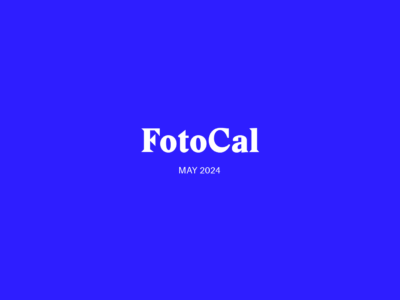
FotoCal — Photography Awards, Grants and Open Calls Closing in May 2024
